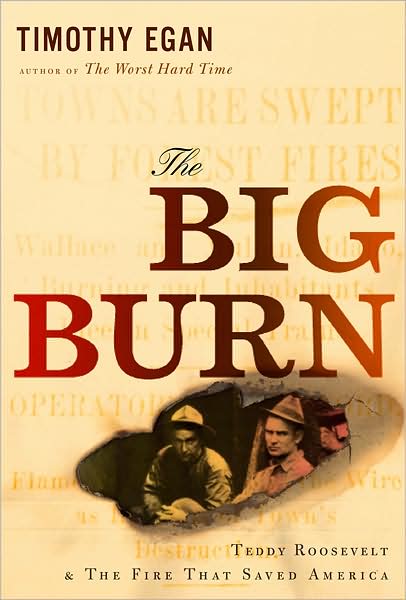I first discovered Douglas Adams’
The Hitchhiker’s Guide To The Galaxy when I was studying librarianship, many years ago. We used to throw quotes at each other over coffee, between classes.

“Forty-two!” we would cry. “The answer to the ultimate question of life, the universe and everything!” We needed the humor; librarianship was a heavy, exhausting course which gave us very little time to ourselves.
At home, my brother was taping the radio series. We listened to it and developed a passion for that. The story was over-the-top hilarious. It became a television series and a movie and recordings.
I loved the first two books. The third was not quite as good, though it was still very funny. Since then, I have listened to Douglas Adams reading the talking book and decided I liked it better than the first time around. The fourth book came along and it was not as good as the third. It still had some fun, but it was almost serious. In it, Arthur Dent got a girlfriend, Fenchurch, but she suddenly disappeared from his side and never returned. The fifth book,
Mostly Harmless, was such a disappointment to me that I gave away my copy and never read it again. My re-reading rarely goes beyond the second book and never past the fourth
I mention all this so it will be understood that I am a major fan of this universe, but I acknowledge that even Douglas Adams, who created it, had lost the plot, so to speak, by the end. So when
I heard that Eoin Colfer, author of the wonderful
Artemis Fowl novels, had been commissioned to write a sixth book in the series, I was in two minds about it. If Douglas Adams couldn’t keep it up, how could anyone else, even Eoin Colfer? But the author’s widow had approved him and of course, I was curious to see how he would get Arthur, Ford and Trillian out of the impossible situation in which they had been left at the end of
Mostly Harmless.
And Another Thing has been written to celebrate the 30th anniversary of
The Hitchhiker’s Guide To The Galaxy. It starts with a summary of the story so far, written in an Adams-esque style. It may have been to refresh the reader’s memory, and in any case, Douglas Adams did it himself. It may have been for any potential new readers, but my advice to these readers is not to read it till they have read the original. There’s no point.
And Another Thing... was clearly written for people familiar with the universe.
I must admit, Colfer does a good job of getting Ford, Arthur, Trillian and their daughter, Random Dent, out of the fix they were in at the end of
Mostly Harmless. I couldn’t imagine how it could be done, but he did it.
He makes a fairly good fist of Adams’s style, except for an irritating tendency to stop for asides. Douglas Adams did it, but nowhere near as often.
The story brings back a lot of characters from the third book,
Life The Universe And Everything, including Wowbagger the Infinitely Prolonged. He was the green-skinned immortal who was trying to liven up his eternal existence by insulting everyone in the universe in alphabetical order. Now, he has returned and he wants to get rid of the immortality; we learn that his insults are aimed at getting someone to kill him.
The original character was there as a single joke. He was funny. Now he has become, of all things, a romantic interest for Trillian. He isn’t funny anymore.
Zaphod Beeblebrox is back too, with one head; the other one has replaced Eddie as the ship’s computer on the
Heart of Gold. He has a quest of his own: helping Wowbagger get killed. This involves searching for the Norse god Thor, original owner of Wowbagger’s ship.
Also in the novel are the Vogons, who are still trying to wipe out the last humans to tie up loose ends -- not only Arthur and Trillian, but a colony of middleclass Earthlings who have bought the Magrathean-built planet Nano. The Vogon captain, Prostetnic Jeltz, who destroyed Earth in the first novel, is back, with a son who may not agree with him.
The story bounces around from one storyline to another, but all the ends are tied, although the very end suggests there may be more to come.
I got the occasional chuckle out of this book, but no more. It starts well enough, but just isn’t funny. A friend of mine suggested that Tom Holt might have been a better choice, but personally, I don’t think anyone could handle it.
Eoin Colfer is a brave man to have had a go at something like this, which has a passionate fandom. I commend him for it. I don’t believe anyone could have done it, but he has done as well as anyone could and at least he seems to be a fan.
If you are completist, buy it by all means -- hey, if you’re reading the book at all, you almost certainly
are a completist. At least this story extracts our heroes from an impossible situation.
Labels: SF/F, Sue Bursztynski
 There’s This by Bill Wasik. Says Cummins:
There’s This by Bill Wasik. Says Cummins:






























